|
The Chapter House
The chapter house was the
central
meeting place of the members of the monastic community, either monks or
nuns,
and the place where the official business of the monastery was
conducted, both
spiritual and secular. The Chapter
meetings served the functions of keeping the governance of the
monastery in
check, allowing all true members to participate and have their chance
to speak
and participate, and reinforcing the communal living and discipline
standards
of the Order.
|

|
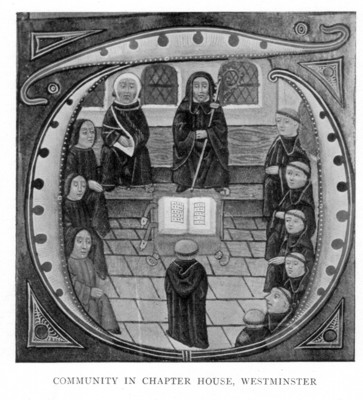
|
|
Chapter Meetings
included a short
devotion, the confession of sin, and the meting out of punishment,
which, if it
were corporal, was administered during the meeting itself.
Key monastic officials, presided over by the Abbot, carried out the
monastery business, but in front of the brethren so all would be
included in
the process overall. Signing official
orders and documents was a shared responsibility, with the seal of the
monastery kept in a chest belonging to the community, to be opened and
used
only in chapter. (Individual monastic
establishments, of course, might differ.)
|
|
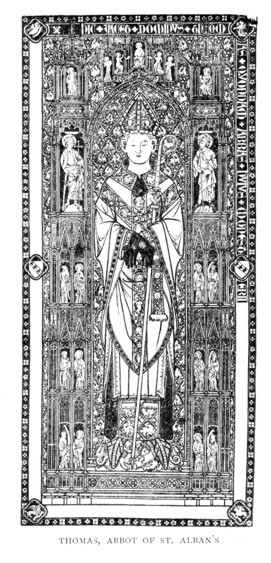 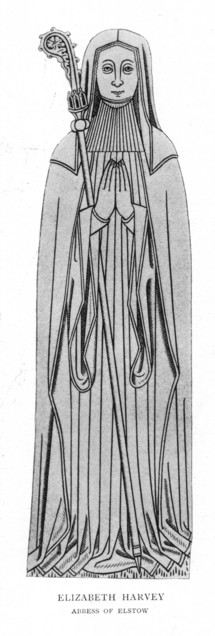
|
Depending on the
size of the
monastery, the Order and Rule of the monastery, and the wealth of the
establishment, could make considerable difference to both the manner of
Chapter
Meeting
and the grandeur of the Chapter House. In large, wealthy
abbeys, the Chapter Room could be quite large, round in shape, or
polygonal for
better acoustics. The monks would enter from the cloister
walkway, and
the door, called a Vestibule, could be extraordinarily elaborate and
ornately carved. Wealthy abbeys were
run by wealthy, often titled, Abbots and as such they often ran
extensive
businesses, some abbeys even built castles to protect their shipping
and
commerce interests.
|
|
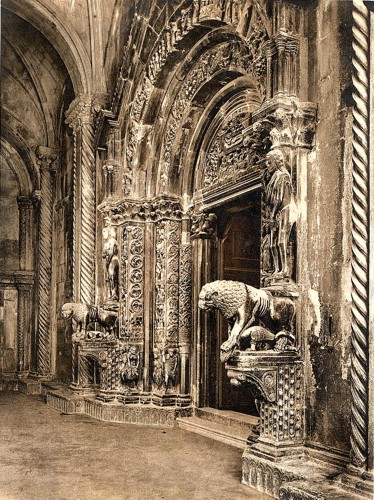
[Vestibule of the cathedral, Dalmatia]
|
|
| Other
abbeys (though these could still be very wealthy) focused on austere
living, or
were very smaller
priories and so lacked the resources of the larger abbeys. The Chapter
House in this instance would be
plain and rectangular and perhaps be fitted with benches along the wall
for
seating. The focus in this case was less
on running extensive commercial enterprise and more on the devotional
life of
the brethren or sisters. |
|
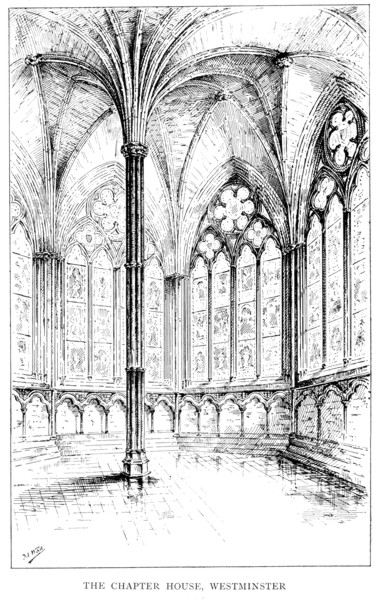 |
|

|
|
| Copyright (c) Richenda
Fairhurst and historyfish.net, 2007 All rights reserved. No
commercial permissions are granted. Keep author, source and
copyright permissions with this article. |
|